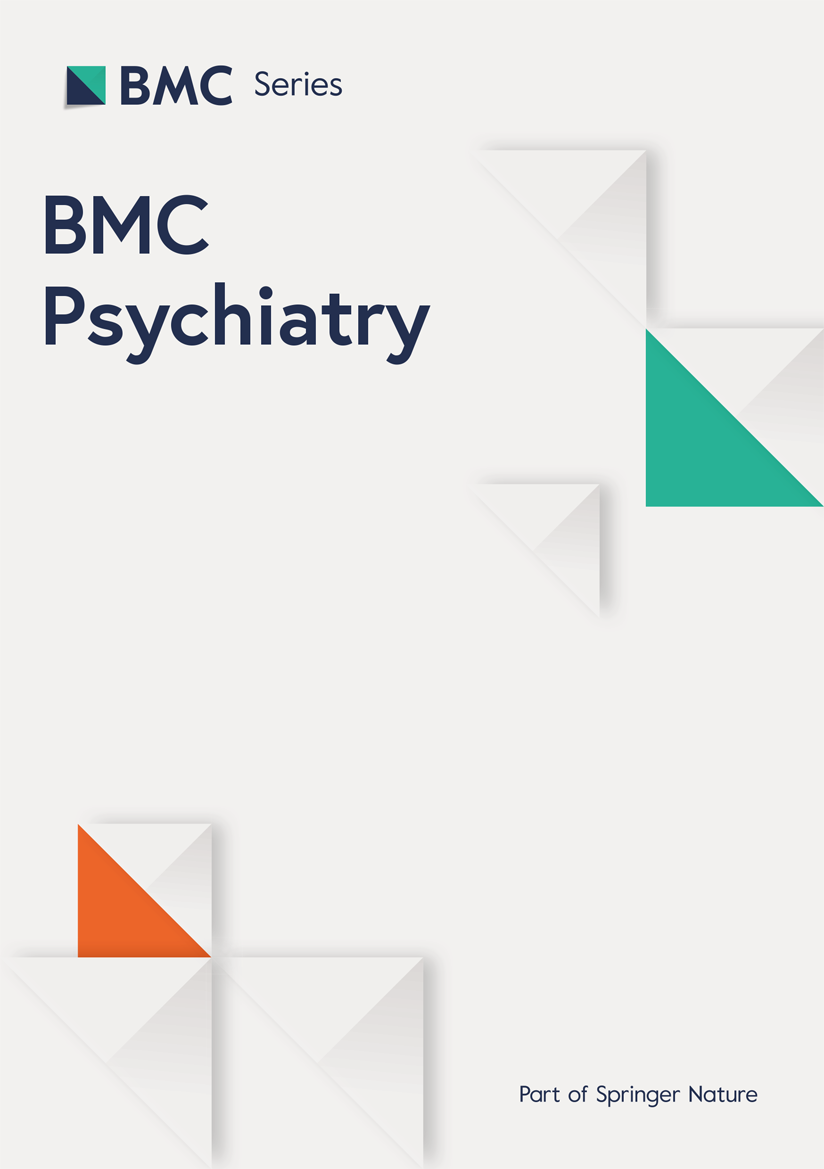New research proves that the gut bacterium Bifidobacterium breve in pregnant women regulates the placenta’s hormone production, which is essential for a healthy pregnancy. It states that this is the first time scientists have shown this link….
Category: 6. Health
-

Owlstone Medical wins up to $49.1 million award from ARPA-H to develop at-home multi-cancer-early detection tests
Owlstone Medical (“Owlstone”), the global leader in Breath Biopsy® for applications in early disease detection and precision medicine, today announced that it has won an award of up to $49.1 million from the Advanced Research…
Continue Reading
-

ALS Risk Elevated After Traumatic Brain Injury
RECENT evidence has revealed a complex and time-dependent association between traumatic brain injury (TBI) and risk of amyotrophic lateral sclerosis (ALS), according to a large UK cohort study. Individuals with documented TBI showed a higher…
Continue Reading
-

Distribution of mental health diagnoses in relation to sexual orientation and gender discontent in a late adolescent community population | BMC Psychiatry
As there are few studies describing mental health in separate groups of sexual and gender minorities, and as there is much less knowledge about this in adolescent populations, we wanted to estimate prevalences in data from a longitudinal…
Continue Reading
-
Just a moment…
Just a moment… This request seems a bit unusual, so we need to confirm that you’re human. Please press and hold the button until it turns completely green. Thank you for your cooperation!
Continue Reading
-

A challenge for japan’s Low-Income boys
A new study reveals that even brief class closures in Japan can widen learning gaps, with low-income boys losing the most ground in math, while strong teachers help bridge the divide.
Study: Do class closures affect students’…
Continue Reading
-

Alzheimer’s Disease Chip Models Brain Cell Reactions
A team of researchers from Concordia University and McGill University has developed a “lab-on-a-chip” device that models how Alzheimer’s disease advances in the brain.
The microfluidic platform allows scientists to study how microglia…
Continue Reading
-

Managing Hereditary Angioedema with Normal C1 Inhibitor – European Medical Journal Managing Hereditary Angioedema with Normal C1 Inhibitor
Key Findings at a Glance
REAL-WORLD evidence indicates that hereditary angioedema with normal C1 inhibitor is frequently hormone sensitive. In HAE-FXII, withdrawal of combined oral contraceptives, often with progestins, is associated with…
Continue Reading
-
TO_AITION project uncovers links between cardiovascular disease and mental health
ESC Press Office
Tel: +33 6 61 40 18 84
Email: press@escardio.org
Follow us on European Society of Cardiology News on LinkedIn
About the European Society of Cardiology
The European Society of Cardiology brings…
Continue Reading
-

Statins Linked to Survival in Prostate Cancer
A new cohort study analysing individual patient data from 2,187 men enrolled in the SPARTAN and TITAN trials has found that statin exposure is associated with superior overall survival in patients with advanced prostate cancer treated with…
Continue Reading
